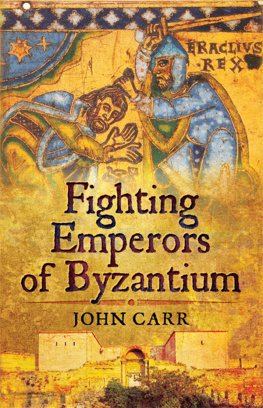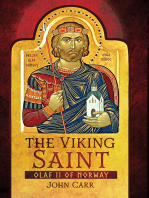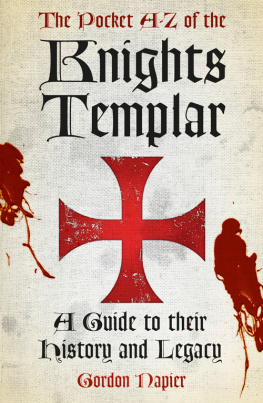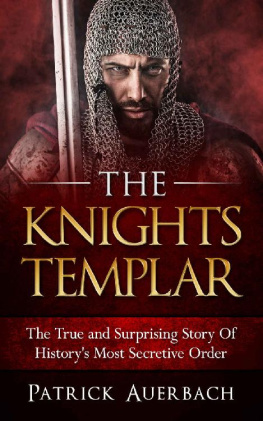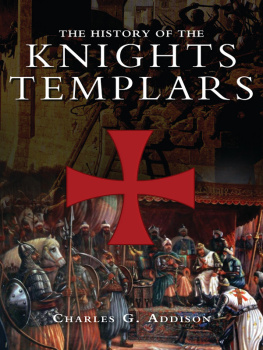First published in Great Britain in 2016 by
Pen & Sword Military
an imprint of
Pen & Sword Books Ltd
47 Church Street
Barnsley
South Yorkshire
S70 2AS
Copyright John C. Carr 2016
ISBN 978 1 47385 888 6
eISBN 978 1 47385 890 9
Mobi ISBN 978 1 47385 889 3
The right of John C. Carr to be identified as the Author of this Work has been asserted by him in accordance with the Copyright, Designs and Patents Act 1988.
A CIP catalogue record for this book is available from the British Library
All rights reserved. No part of this book may be reproduced or transmitted in any form or by any means, electronic or mechanical including photocopying, recording or by any information storage and retrieval system, without permission from the Publisher in writing.
Pen & Sword Books Ltd incorporates the imprints of Pen & Sword Archaeology, Atlas, Aviation, Battleground, Discovery, Family History, History, Maritime, Military, Naval, Politics, Railways, Select, Transport, True Crime, and Fiction, Frontline Books, Leo Cooper, Praetorian Press, Seaforth Publishing and Wharncliffe.
For a complete list of Pen & Sword titles please contact
PEN & SWORD BOOKS LIMITED
47 Church Street, Barnsley, South Yorkshire, S70 2AS, England
E-mail:
Website: www.pen-and-sword.co.uk
Prologue: The Popes Divisions
W hen Winston Churchill, Franklin Roosevelt and Joseph Stalin met at Yalta in February 1945 to order the post-Second World War world, the American delegation included Ed Flynn, a Democratic politician who wielded great influence in New York, especially over Irish-American Catholics. According to a widely circulated (but so far undocumented) story, Flynn suggested to Stalin that he approach Pope Pius XII to bring him into the general global rearrangement.
The pontiff, of course, was not included in the cast of Stalins plans for a global socialist utopia, and the sarcasm was clear in his reply: How many divisions has the Pope?
We dont know what Flynn had to reply to that, but the question does have an answer. The pope has indeed had his divisions or, more accurately his division. If it hasnt fought in any wars for the past couple of hundred years, in that time it stayed close to the action. The Sovereign Military Hospitaller Order of Saint John of Jerusalem, Rhodes and Malta, known as the Knights Hospitaller or Hospitallers for short, is the oldest continuously-operating military-religious organization in the world. Originating in Jerusalem around the middle of the eleventh century, the Hospitallers were a mainstay of the popes military reach at a time when the Roman Catholic Church, as a major political power, had to have a corresponding military power at its disposal. For hundreds of years the Hospitallers were at the forefront of the major battles of Christendom against militant Islam. Time after time they were driven from their homes, only to find others. They are still around today, and though they no longer bear arms, their discipline and faith are uneroded.
The active heyday of the Knights Hospitaller lasted almost from their founding in the eleventh century up to the end of the eighteenth century, when their fighting importance declined, to gradually give way to charitable and religious functions. The reference to Saint John in the Orders formal name reflects its origin as administrators of the Saint John the Baptist hospice that served pilgrims arriving in mediaeval Jerusalem.
John the Baptist is an apt figure to be named after. The four gospels describe him as a charismatic hermit-preacher in the Jordan Valley in the time of Christ. From what the Bible and the historian Josephus tell us, John was a powerful character who urged the Jews to strive towards perfection and exhorted them to deal justly with one another and walk humbly with God. Here, in a line, is the ideal of spiritual and social discipline combined. John the Baptists stern sense of duty and morality fuelled his fierce denunciation of the court of Herod Antipas, deputed by Rome to administer a quarter of Roman-held Palestine. Herod had John beheaded in the Castle of Machaerus at a desolate spot east of the Dead Sea. Thus was created the martyr who would inspire and give his name to an international army.
From their inception the Knights Hospitaller have served the Roman Catholic Church in both warlike and peaceful ways. Of course, here an old philosophical conundrum arises how can a religious organization employ a military one whose duty often is to kill on the field of battle? There are ways of answering that question, but they dont belong in a military history except where the issue impinges on strategy, tactics, leadership and battlefield conduct. The object of this book is to chronicle and examine the battles which the Hospitallers waged through their history, against a wider historical and political background, and leave philosophical conclusions to the reader.
The full history of the Knights of Saint John is not easy to research. Volumes of archives have been lost or destroyed, and large gaps separate the known periods of Hospitaller history, i.e. between the Outremer and Rhodes periods and between Rhodes and Malta. The early part of that history, from the origins of the Order in the eleventh century to its expulsion from the Middle East at the end of the thirteenth, is tightly bound up with the history of the Crusades and can only be told in that context. The Rhodes period (13091522) has its own narrative, but as a leading authority, Anthony Luttrell, has remarked, serious Hospitaller history before 1530 is no-ones history. What that means is that the historian must make do with scattered and often conflicting material. The picture becomes clearer after 1530, when the Knights settled in Malta.
The siege of Malta of 1565, though a resounding triumph against Islamic power in the Mediterranean, was the last such great feat of arms by the Order. The struggle indeed went on sporadically until Napoleon Bonaparte expelled the Hospitallers from Malta in 1798. After that date, and by the time the Order settled in Rome in 1834, its military profile began to blur and blend into the peaceable charity works that characterize it today. They are in Rome still, quietly headquartered in a stately palazzo in Via Condotti which has the privilege of constituting a sovereign state. There, beneath the red and white banner of the eight-pointed Hospitaller cross, the work of the Knights of Saint John goes on.
Thanks mainly to the help of Sean Lovett, head of the English section of Vatican Radio in Rome, I was able to enter the sanctum sanctorum of Via Condotti for research into the Hospitallers later years. Marianna Balfour, the Orders public relations director, was encouragingly helpful, as was the entire library staff, especially Valrie Guillot, who performed feats of photocopying beyond her ordinary call of duty. Henry Sire, a Professed Knight, provided plenty of material on the recent history of the Order and cleared up a few vague issues such as how much influence the popes have actually had over the Order and the vexed question of copycat-orders in Europe and America. These may flaunt the emblem of Saint John on the Internet and employ the term knights but they are of dubious legality. They have nothing at all to do with the genuine 900-year-old Sovereign Military Order of the Hospitallers that bears a global humanitarian burden demanding fully as much selflessness and dedication as that of the fighting knights of ages past.






